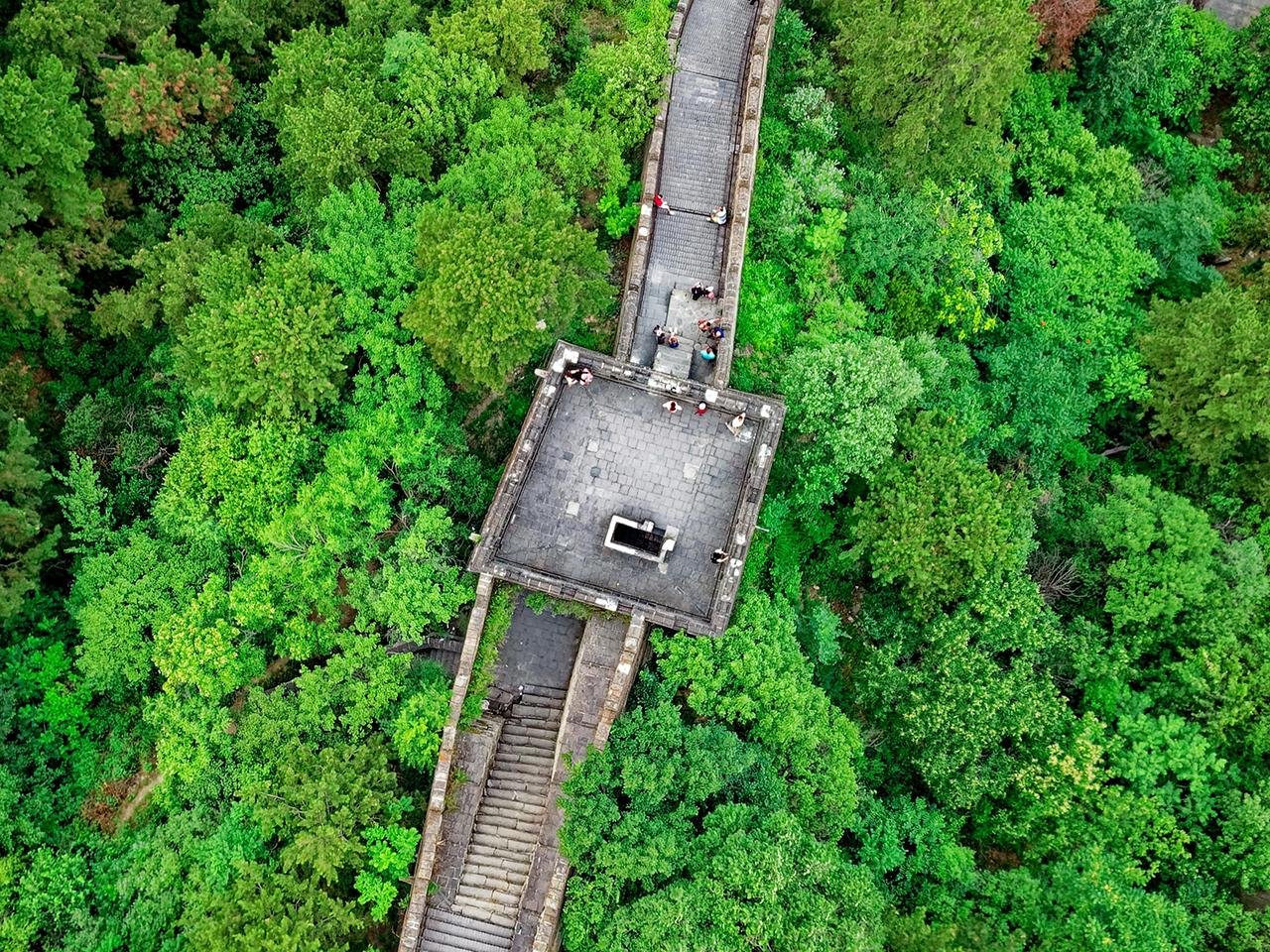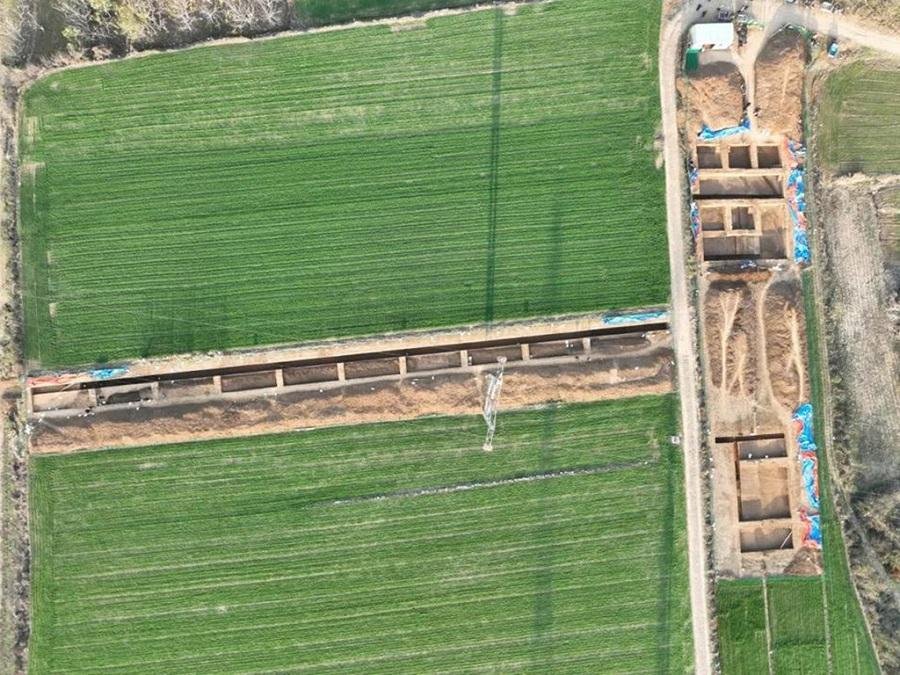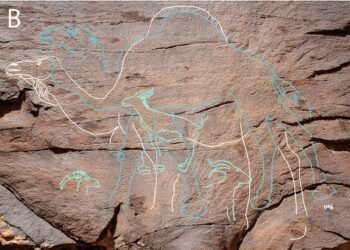Archaeologists have unearthed what is now believed to be the earliest section of the Great Wall of China, predating previous estimates by approximately 300 years. This section dates back to the late Western Zhou Dynasty (1046 BCE–771 BCE) and the early Spring and Autumn Period (770 BCE–476 BCE). This groundbreaking discovery was made in Changqing District, Jinan, Shandong Province.

The Shandong Provincial Institute of Cultural Relics and Archaeology directed an excavation between the months of May and December, 2024. Approximately 1,100 square meters were excavated in the northern part of Guangli Village. This is the first proactive excavation of the Qi Great Wall after years of preliminary surveys. A multidisciplinary approach was employed by the research team, utilizing traditional artifact analysis, soil sampling, plant silica (phytolith) studies, and dating techniques such as optically stimulated luminescence (OSL) and carbon-14 dating.
The Qi Great Wall, a UNESCO World Heritage Site, is the earliest and longest segment of China’s ancient fortifications. It extends approximately 641 kilometers across central Shandong, from Changqing in the west to the coast of Qingdao in the east. The wall played a significant role in the military strategy of the Qi State during the Eastern Zhou Dynasty.
According to Zhang Su, project leader of the Shandong Provincial Institute of Cultural Relics and Archaeology, the excavations revealed distinct phases of wall construction. The oldest walls, dating back to the Spring and Autumn Period, were about 10 meters thick and show evidence of their foundation possibly dating back to the Zhou Dynasty. Later walls, mainly from the Warring States Period (475 BCE–221 BCE), showed far more advanced construction techniques, with the most robust phase being over 30 meters in width. The final phase, built under King Xuan of Qi (c. 350–301 BCE), is well-preserved and constructed using fine yellow earth compacted with metal rammers for durability.

Other discoveries revealed residential structure remains under the early walls in the northern excavation area. These semi-subterranean dwellings with square foundations and rounded corners elicit an image of small settlement life before the construction of the fortifications. This proves that the walls served not just defensive purposes but were also linked to the daily lives of local inhabitants.
An ancient settlement, Pingyin City, was also identified about 1.5 kilometers north of the Qi Great Wall by the team. Historical texts, including Zuo Zhuan and Water Classic Commentary, refer to Pingyin as a critical stronghold of the Qi State. Pingyin City served to protect transportation routes and maintain border security.
Historical records show that Pingyin was a pivotal military site involved in the conflicts between Qi and the Three Jin states. Archaeological excavations have confirmed the existence of the western city wall, stretching at least 500 meters in length, along with evidence in the form of trenches and fortified gates mentioned in ancient texts.

The latest discoveries address longstanding questions regarding the age, construction techniques, and function of the Qi Great Wall. Previous research efforts from 2008 to 2010 focused on surveying the wall’s distribution and preservation status, while further exploration in 2022 helped identify underground remnants of missing sections. The current excavation, the first systematic archaeological study of the site, has provided crucial insights into the early phases of the Great Wall construction.
























Comments 0